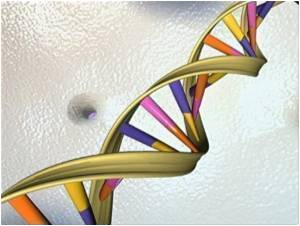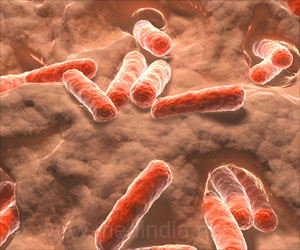A break in two chromosomes has given scientists a break in finding a new gene involved in puberty, according to a new study.

The WRD11 gene interacts with a transcription factor that appears to be involved in development of gonadotropin releasing hormones that enable sexual maturation as well as olfactory neurons in the brain, according to a study.
A genetic mutation can diminish or eliminate this important interaction, impairing puberty and the sense of smell.
This was first found in a patient with Kallmann syndrome - delayed puberty coupled with the inability to smell.
Next, a variety of WRD11mutations were identified in five other patients with delayed puberty, some of whom also had no sense of smell.
The findings provide insight into normal puberty as well as rare situations in which children don't sexually mature.
Advertisement
A longer-term goal is finding better therapies for delayed puberty and perhaps alternative birth control methods.
Advertisement
The patient had pieces of chromosome 10 on chromosome 12 and vice versa; such recombinations are fairly common and not necessarily bad.
But knowing that a recombination can disrupt a gene's function, the researchers analyzed a handful of genes in the immediate vicinity of the break before finding WRD11.
Counting WRD11, there are now at least 17 known puberty genes and evidence suggests multiple genetic mutations are involved in some patients.
Layman suspects that plenty of those genes are still unknown.
The study has been published in The American Journal of Human Genetics and funded by the National Institutes of Health.
Source-ANI












